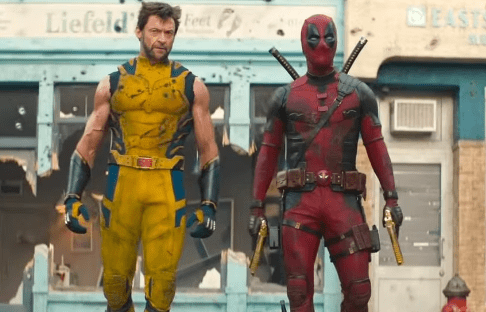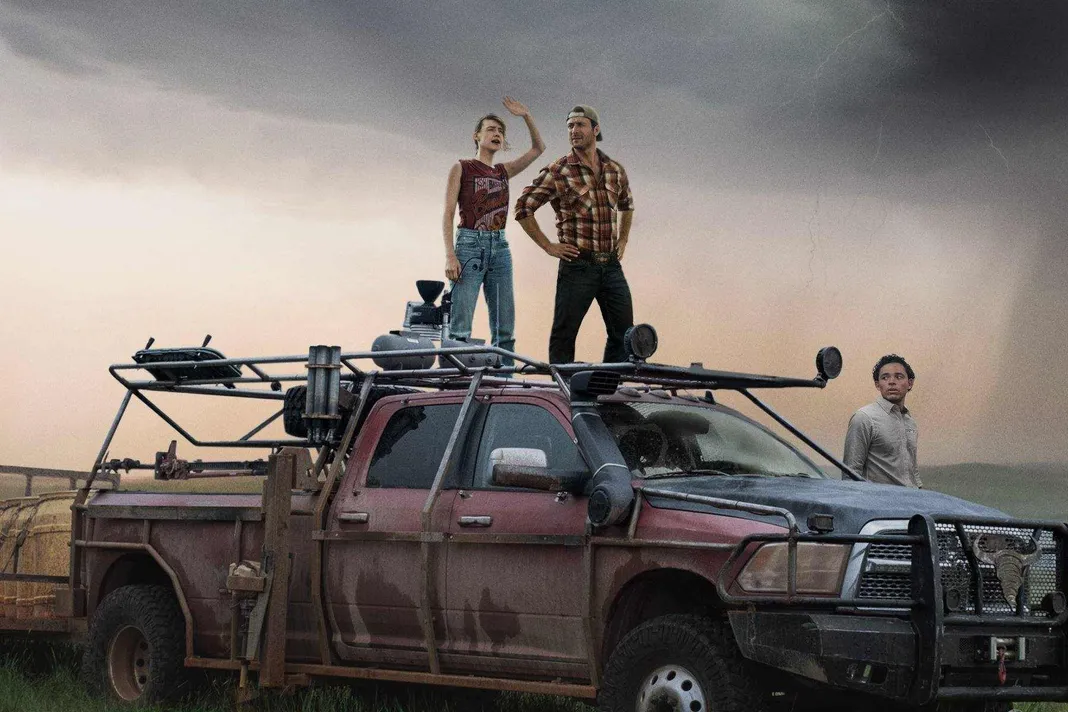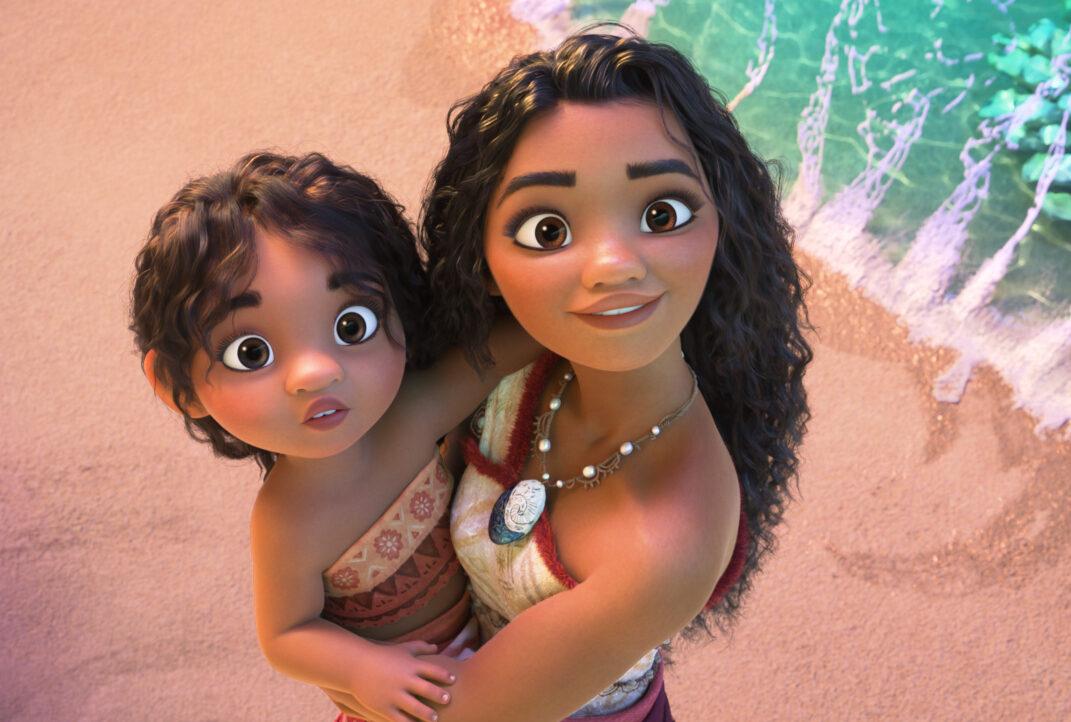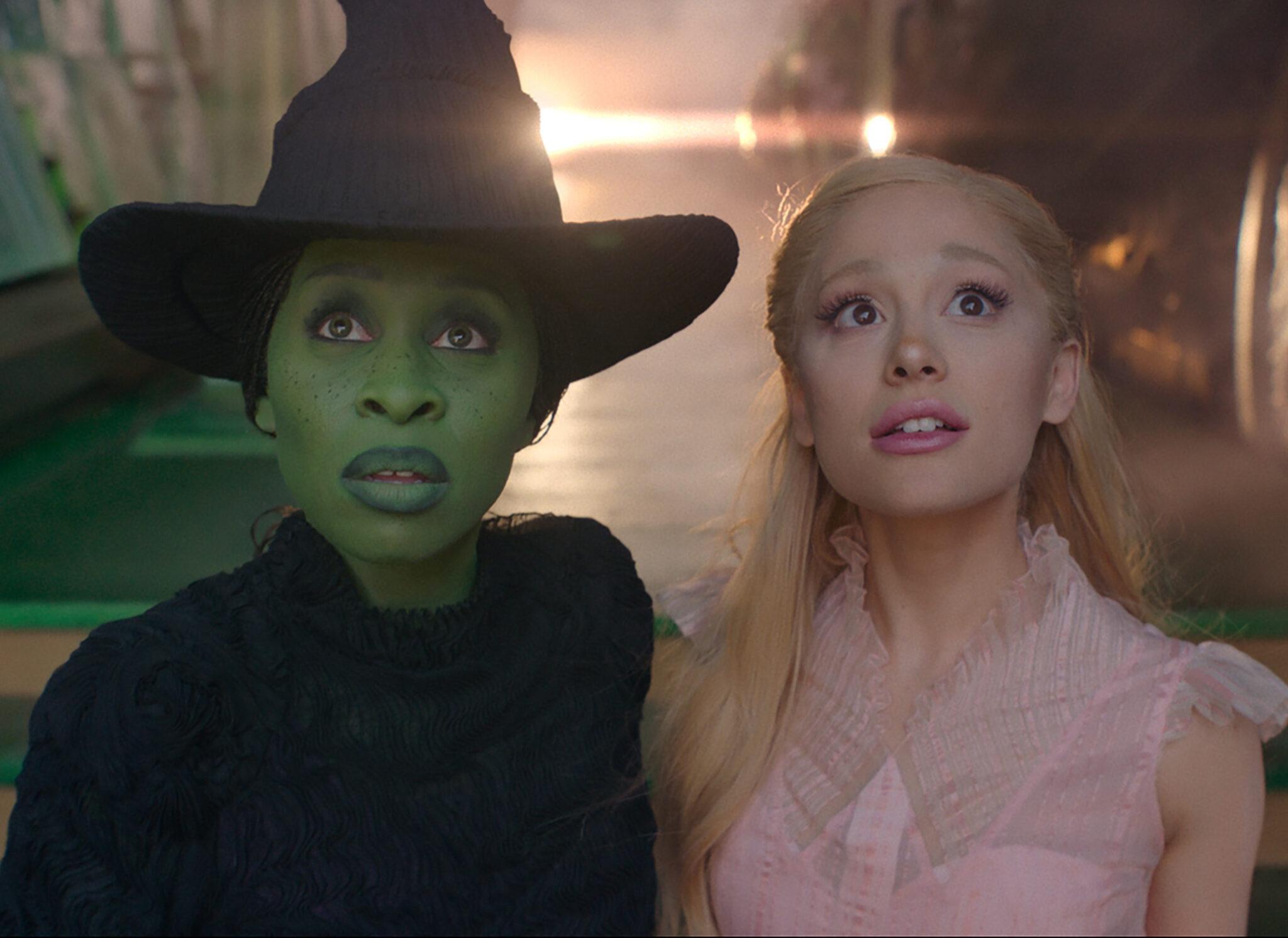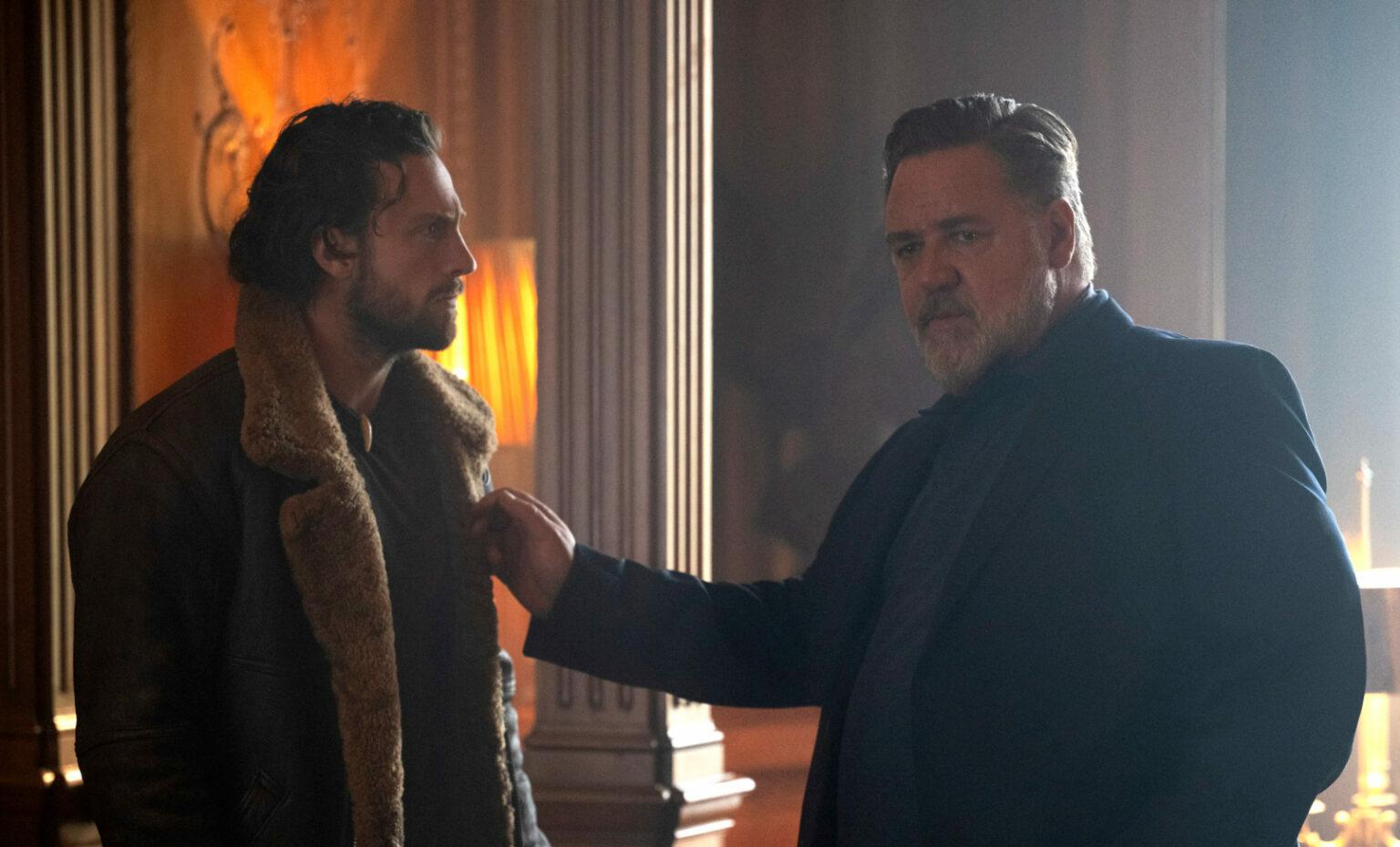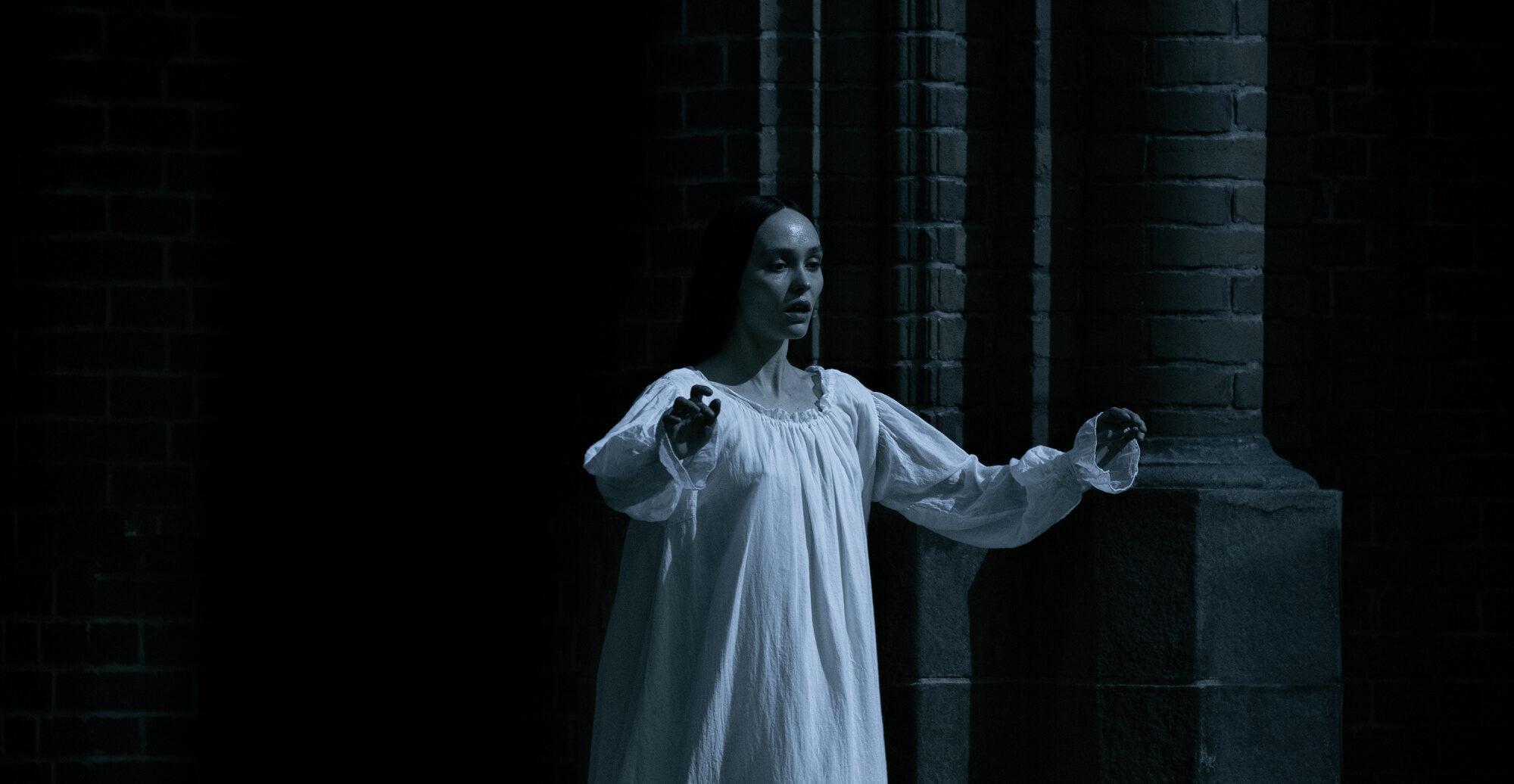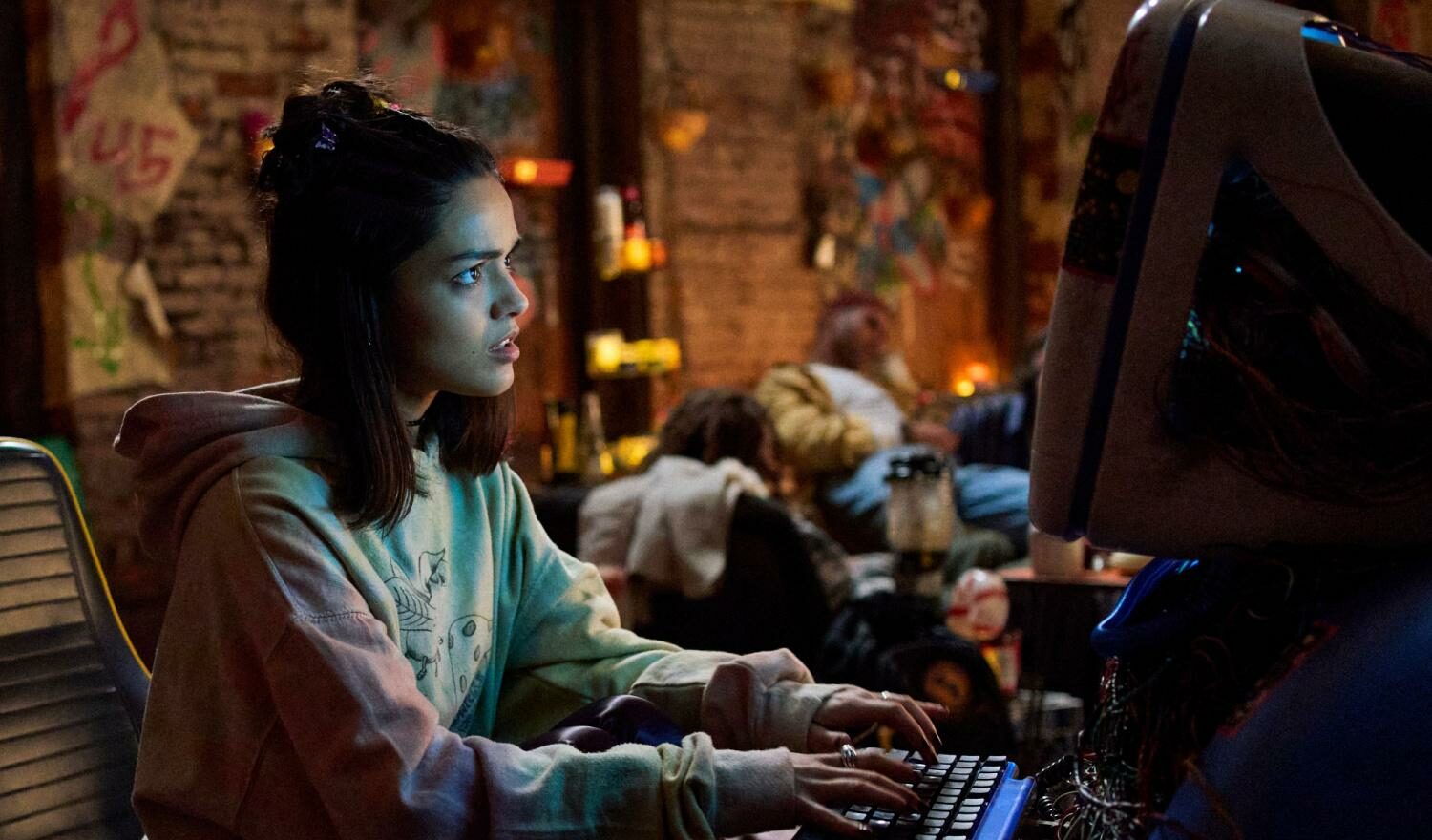VERDICT: Ryan Reynolds fires off quips and bullets with equal precision, but both the meta-comedy and the exaggerated violence wear thin before the film’s denouement.
“Welcome to the MCU — it’s kind of at a low point.” Like many of the jokes in the very self-aware Deadpool & Wolverine, this wisecrack spotlights the already-widely-reported box office and creative slump in the Marvel Cinematic Universe.
The line further highlights the film as a literal corporate product, transitioning Deadpool from being a character in the 20th Century Fox Marvel movies to his new home at Disney, which acquired Marvel in 2009 and Fox (turning it into 20th Century Studios) in 2019. Neatly wrapping up its troubles in a flamboyant confession, the film pokes at the audience: Who’s in the mood for a little snappy absolution?
And Snappy is always in supply for Deadpool. Surprise, however, somewhat less so. As an exercise in meta-references to Marvel Comics, Marvel movies, and the actors and studios that make them, Deadpool & Wolverine doesn’t break any ground that the previous films didn’t already traverse. And while Ryan Reynolds still seems to be having fun playing the cheeky mercenary, both the inside-baseball comedy and the cartoonishly bloody mayhem wear out their welcomes in the film’s final third.
Plot matters here, but also exists to be punctured. The Time Variance Authority — the agency that devotes itself to preserving the timelines of the multiverse, a bureaucracy of chronology — summons Deadpool and informs him that he’s making the leap to the big time and joining the same universe as the Avengers.
There is, unfortunately, a catch; TVA agent Paradox (Matthew MacFadyen) informs Deadpool that his universe will disintegrate, taking with it all of Deadpool’s nearest and dearest, including girlfriend Vanessa (Morena Baccarin), best pal Peter (Rob Delaney), and sharp-tongued landlady Blind Al (Leslie Uggams).
Because the destruction of Deadpool’s universe is tied to the death of Wolverine (Hugh Jackman) at the end of Logan, Deadpool uses stolen TVA tech to hop from timeline to timeline in search of a replacement, leading him to an alt-Wolverine who’s a broken man with a haunted past.
And while the two of them can’t stand each other — both of them have regenerative powers, so they tango in multiple bloody knock-down-drag-out fights that end in a draw — they are each other’s only hope when it comes to saving the universe.
And yes, saving the universe is on the menu here, but again, that tedious trope is supposed to be OK because the movie makes fun of it. The jokes, to their credit, are often funny, although many of them will rely upon audiences’ knowledge of superhero cinema, comic books, and announced casting for projects that never came about.
As The Last 20th Century Fox Marvel Movie, Deadpool & Wolverine pays appropriate homage to the earlier era of X-Men and their studio cohorts; as a film on its own merits, it’s something of a letdown compared to its predecessors, although it must be stated that the movie plays the fan-service game far better than The Flash did.
The Deadpool films will always eat and have their cake and that ongoing balancing act of form function is both a source of pleasure and exasperation, exemplified here in several scenes in which Blind Al asks Deadpool for cocaine, only to be informed that drug use was the one thing from the previous Deadpool movies that Marvel bigwig Kevin Feige wouldn’t allow. Instead, the two characters swap increasingly ludicrous slang terms for cocaine while reminding the audience they aren’t allowed to consume any in the film.
Main attractions Reynolds and Jackman — along with some surprise cameos that won’t be spoiled here — commit themselves to the frenzy, even when Jackman delivers a pair of fairly serious monologues that seem at odds with the film’s jokey tone. Reynolds doesn’t break his glib, well-established stride: he is to snotty quips what Fred Astaire was to tap-dancing, a task made more impressive given that the actor frequently delivers them while obscured by Deadpool’s face-covering mask. (Audiences have to take it in good faith that it’s Reynolds in that costume.)
Director Shawn Levy (who previously gave us the tedious Reynolds vehicles Free Guy and The Adam Project) works best in contained spaces (one of the movie’s most effective fight sequences takes place in and around a Honda Odyssey), but he loses the thread in bigger battle sequences; when the title characters are taking on faceless hordes in a purgatory known as The Void, or battling an army of alternate-timeline Deadpools, the action blurs into visual cacophony.
Landing on its feet, and setting the stage for more, the only lingering and serious question is if a queer, anarchic, fourth-wall-breaking character will play nicely with his PG-13 peers in the MCU. The character Deadpool would say he doesn’t care. The economics of Marvel-Disney will demand it.


